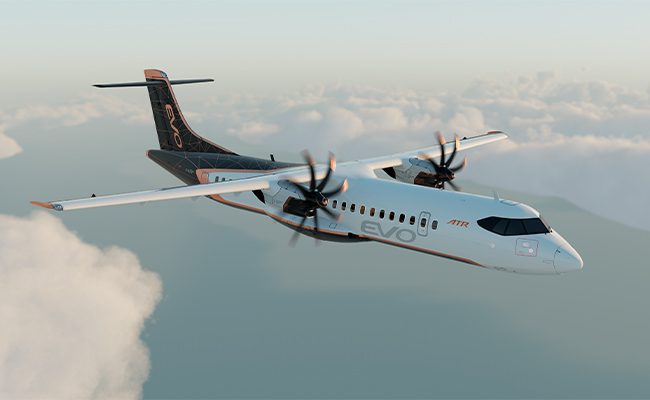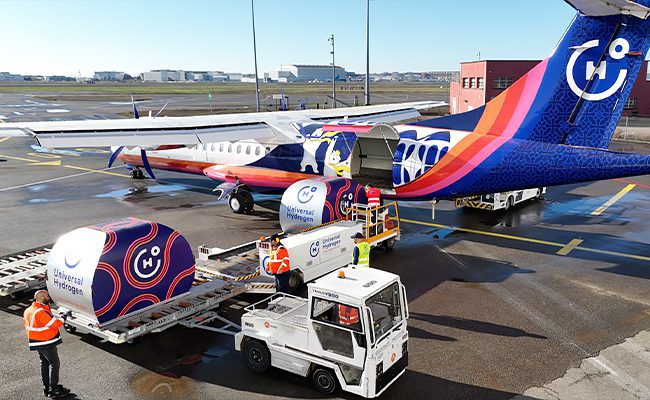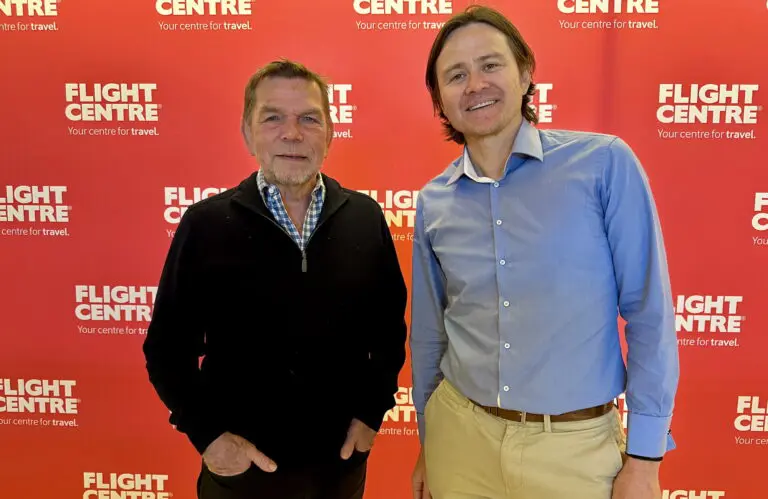Air New Zealand has taken another significant step towards a greener future by announcing partnerships with leading innovators in the aviation industry to help replace its existing Q300 domestic fleet with a more sustainable option by 2030.
The airline’s long-term partners, Airbus, ATR, Universal Hydrogen, Embraer, and Heart Aerospace, will work with Air New Zealand to accelerate the development and implementation of zero-emission aircraft technology for regional flights in New Zealand.
Air New Zealand’s Chief Sustainability Officer, Kiri Hannifin, recognises the critical importance of working with the world’s leading innovators in addressing the climate crisis. “Through our partnerships with Airbus and ATR, we’ve been able to deepen our understanding of the impact green hydrogen and battery hybrid aircraft may have on our network, operations and infrastructure, as well as the opportunities and challenges of flying low and zero emissions aircraft in New Zealand.”
Adding Universal Hydrogen, Embraer, and Heart Aerospace to the partnerships will broaden Air New Zealand’s knowledge of the technologies being developed for future aircraft.

This collaboration is not just about selecting a new plane but growing the collective understanding to advance a new era of travel.
The long-term partners are working towards developing green hydrogen and battery-hybrid aircraft with 30 to 200 seats. This will revolutionise the regional fleet of Air New Zealand and provide a safer, more environmentally friendly option for travellers.
The airline has also teamed up with Victoria University of Wellington’s Robinson Research Institute to help evaluate and validate aircraft propulsion technology as it develops and matures. The research institution is a world leader in developing power electronics and superconducting machines, making it an ideal partner for Air New Zealand.
Speaking about the airline’s Mission Next Generation Aircraft launch in November last year, Air New Zealand Chief Executive Officer Greg Foran said he was not shy about the airline’s goal to lead the world in introducing a more sustainable fleet.
“We have bold sustainability goals,” he said.
“Conventional business processes are not going to address the technology or infrastructure required to meet them.
“We want to lead the rollout of zero-emission aircraft and will work alongside aircraft developers, innovators and infrastructure providers to give them the confidence they’re developing a product that’s a viable option for us,” said Foran.
What is SAF?

Sustainable Aviation Fuel (SAF) is a type of alternative fuel for aviation that is made from sustainable and renewable sources and is produced with lower lifecycle greenhouse gas emissions compared to traditional fossil fuels. Some examples of feedstocks used to produce SAF include used cooking oil, agricultural waste, and woody biomass.
SAF is critical to reducing emissions in the near term, particularly for long-haul fleets. SAF is a ‘drop-in’ fuel that can be combined with jet fuel to power the airline’s current aircraft. This will result in lower emissions for long-haul travel and domestic flights as airlines continue to operate conventional aircraft.
The inputs and processes used to make SAF have lower lifecycle emissions than fossil jets, potentially generating significant CO2 savings.
Green hydrogen is also being developed as a potential alternative fuel for the aviation industry due to its ability to produce zero emissions when used in a fuel cell. A hydrogen-powered aircraft would generate electricity through a fuel cell, which combines hydrogen with oxygen to produce electricity, water, and heat.
For more head to: www.airnewzealand.com.au/sustainability







